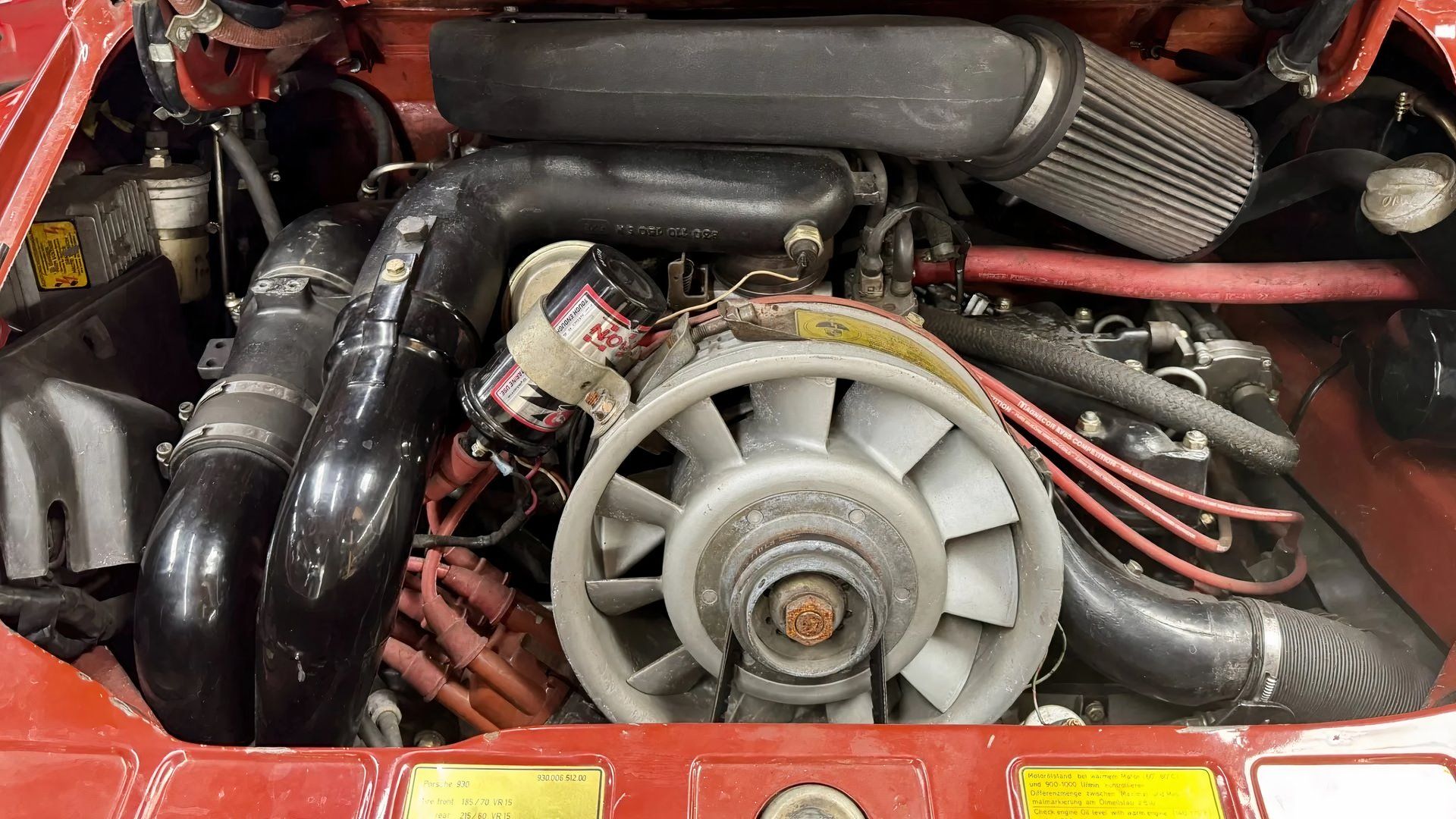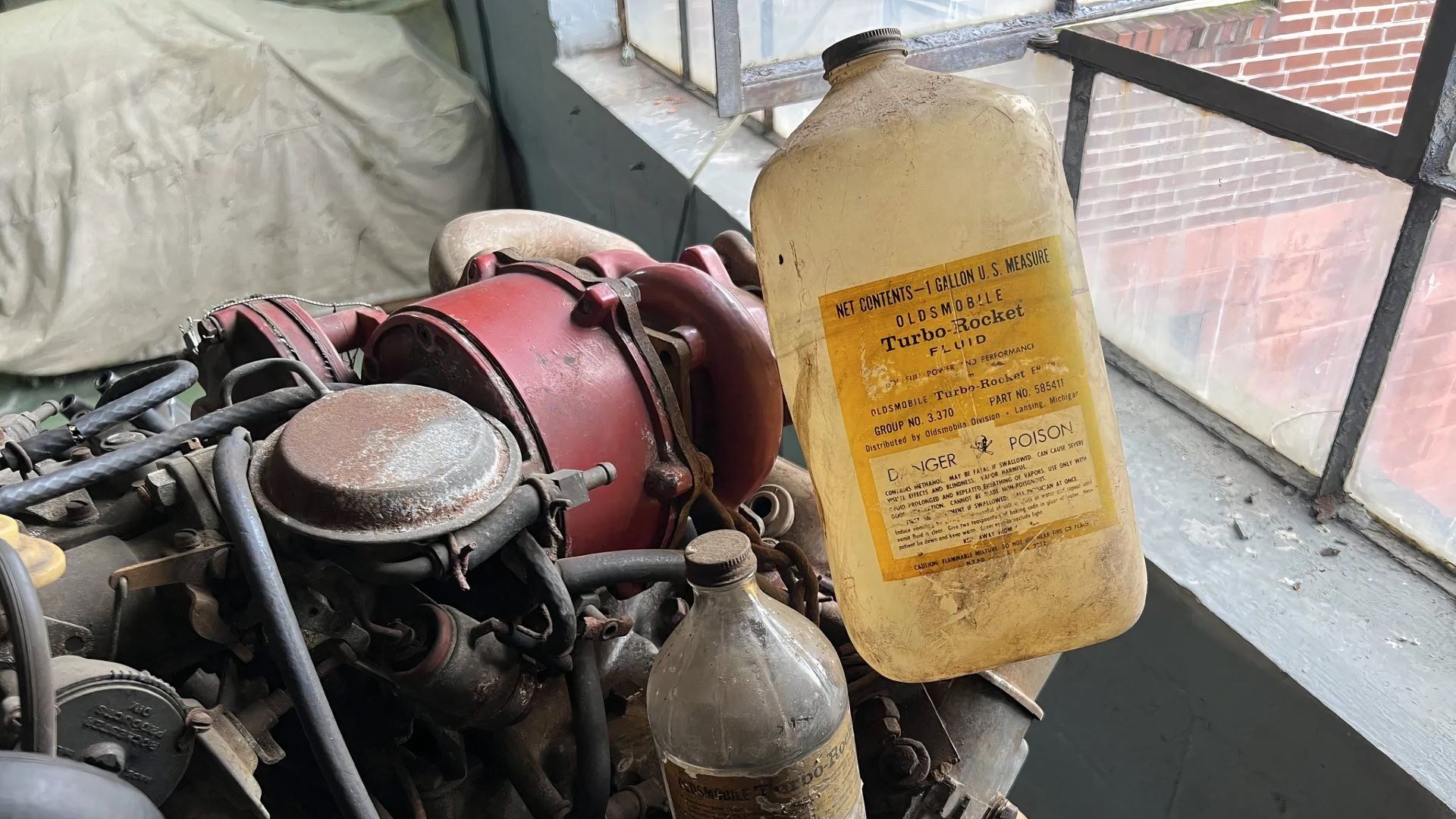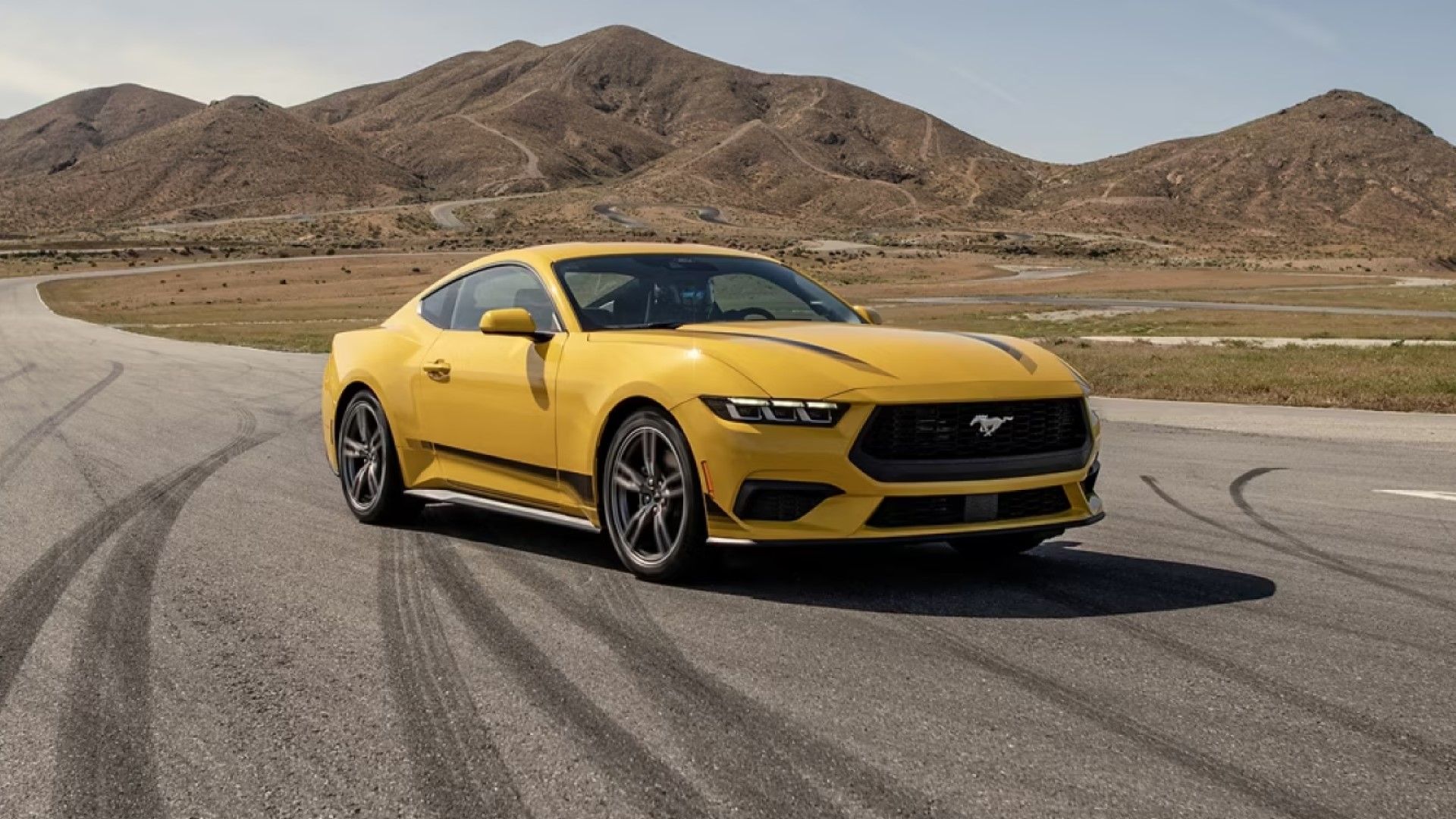
Turbocharged cars are great. Maybe a strange sentence to start an article about why not to drive a turbo model, but it’s the truth. There aren’t many cars out there today, from small, complex city vehicles, to hypercars with otherworldly quarter mile times, that don’t feature forced induction in one form or another, leaving natural aspiration to a few muscle cars and some ludicrously quick niche models. So, now we have got that out of the way, what’s the deal with turbocharging? Well, very modern turbocharged cars have few issues, but it’s worth remembering that turbocharging as a popular application on production cars is still relatively new, compared to the near century-and-a-half that the automobile has been around.
Turbocharging became popular in the world of production car engines since models such as the Porsche 930 Turbo, Saab 99 Turbo, and Audi Quattro, showed that this technology gives a distinct performance advantage while staying relatively efficient. Ultimately, you can use a smaller engine with a turbo and get comparable power to a much larger mill. For this reason, you can get a turbocharged 1.0-liter three-cylinder up to 123 horsepower, which is a lot of power for such a small engine.
So, to summarize, this article looks at historical issues that turbo engines may have suffered from, rather than signaling any problems with specific modern engines. Many contemporary units have been refined to function as well, if not better, than naturally aspirated equivalents. But, if you are looking at buying a used car with a turbo, you might want to read this first.
Related
Toyota Once Built A Budget Turbocharged Mid-Engined Sports Car
A turbocharged, mid-engined rocket from the late ’90s that brought exotic-level balance and punch to Japanese streets without the exotic price tag.
First Up – There Is The Issue Of Sound
Listen to a tuned turbo car at full chat, especially if you grew up in the era of Ford Escort RS Turbos and Fiat Uno Turbos, and you’ll hear all sorts of wonderful noises coming out of it. These engines emit everything from the whistle of the turbo to the unmistakable sound of a dump valve. These days, with turbocharged engines understandably more refined, manufacturers often pump an enhanced sound into the cabin through the car’s speakers.
The Stinger was the first Kia to be fitted with a new active sound system, enhancing the engine note of the car via the car’s sound system, channeling noise straight into the cabin. The system allows for “additional aural inputs” from the powertrain to enhance the driving experience. There was even an active sound system to refine the sound of the 2.2-liter diesel engine, covering up certain elements of the engine’s sound and enhancing others.
Sounds Like There Is A Big Difference?
It would be fair to say that most V8s, V10s and V12s probably don’t need a system like this. If you look at a list such as Carwow’s “10 Of The Best Sounding Cars Of All Time”, note how many of them are naturally aspirated. There may be no replacement for displacement, but one could argue that there is also no replacement for the sound of a naturally aspirated engine – although that doesn’t rhyme as well.
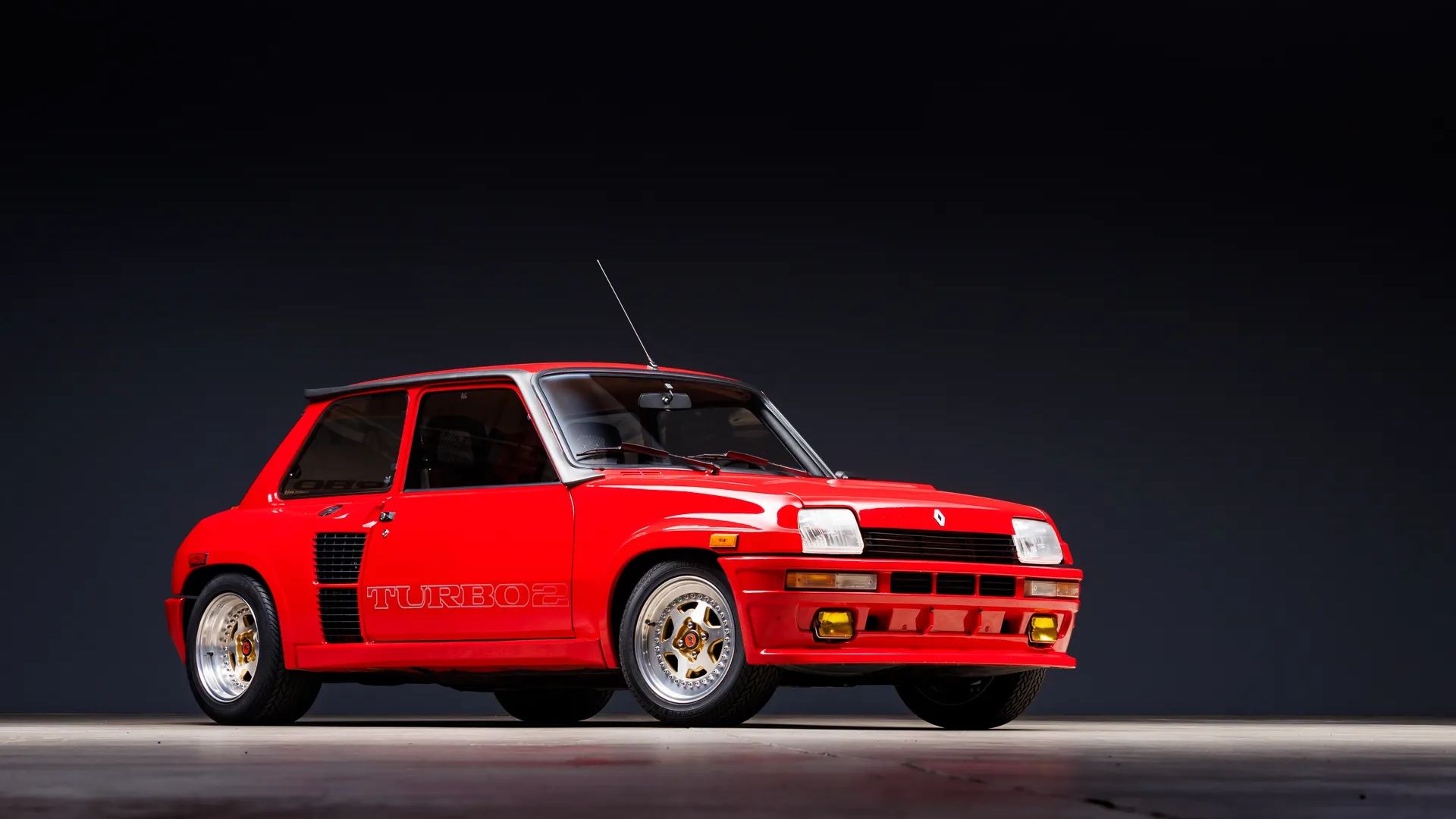
Related
This Renault R5 Turbo 2 Is A Mid-Engined Turbo Menace
This old Renault is a product of an insane time in rally history.
Turbo Lag Used To Be A Real Thing
1975 Porsche 911 Turbo Specs
|
Engine |
Turbocharged 3-liter flat-six |
|
Power |
256 hp |
|
Torque |
253 lb-ft |
|
0-60 mph |
4.9 seconds |
Source: Porsche
Through clever technology, and also simply employing two turbos or more, many car manufacturers these days have worked out how to eradicate lag from modern turbocharged cars. But what is lag exactly? Let’s look at a wonderful turbocharged car from the past. The 1974 world premiere of the 911 Turbo at the Paris Motor Show was not just the launch of a new car, it was the birth of an icon. This new top of the line 911 had flared wheel arches, a huge whale-tail spoiler, and huge 225/50/VR15 low-profile rear tires.
The car was a trailblazer for turbocharging technology and would earn itself the intimidating nickname ‘widowmaker’. With a turbocharger bolted on, the 3.0-liter flat-six engine pumped out 256 horsepower and 253 lb-ft of torque, and was capable of propelling the 911 Turbo to 60 mph in 4.9 seconds, and on to 156 mph. This was in 1975 when some muscle cars had the same power output as a pair of rollerblades.
The Porsche 930 Turbo Commands Respect
Respected car mag Motor Trend drove a 1974 911 Turbo recently and noted: ‘This isn’t acceleration. It’s an act of violence.’ The way that acceleration is delivered, however, is by ‘blasting into action’ around 4,000 rpm, before flinging the car towards the horizon. As many journalists have noted, this is all well and good in a straight line, but if it happens midway through a damp corner, with the engine out the back and rear drive, you could well be exiting the bend backwards.
Even despite this wild reputation, or perhaps because of it, the 911 Turbo is a much-sought-after car, with a 1975 model selling for $275,000 in good condition, says Hagerty Valuation Tools. But it’s worth remembering that with early turbocharged cars at least, this fairly unique power delivery is something that needs to be respected.
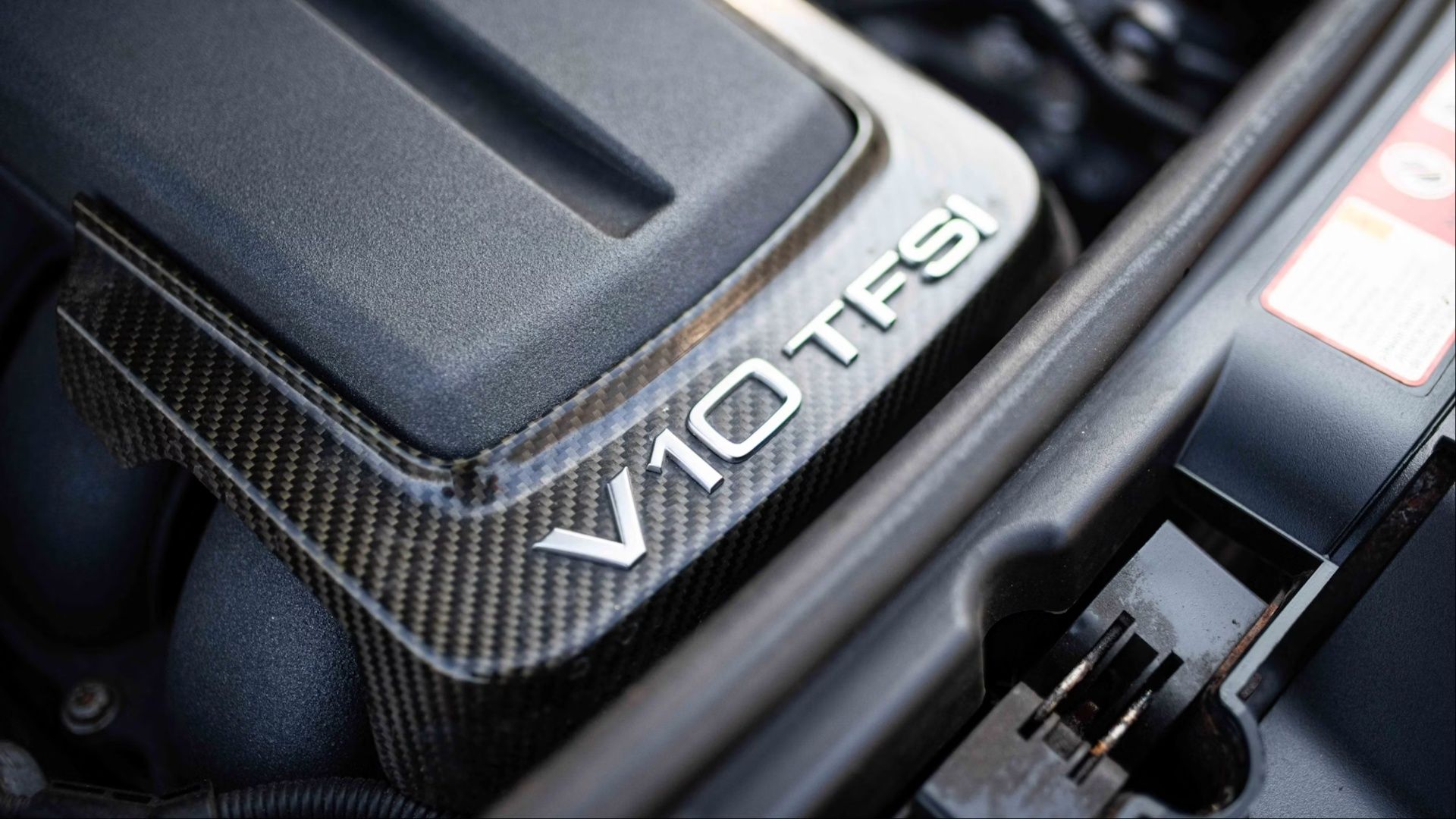
Related
The Only Twin-Turbo V10 Car Of Its Kind Is Now Unbelievably Cheap
There has only ever been one gas-powered, twin-turbocharged V10 car.
Some Turbocharged Engines Are Very Complicated
1963 Oldsmobile Jetfire Specs
|
Engine |
3.5-liter turbocharged V8 |
|
Power |
215 hp |
|
Units Produced |
9,607 |
Source: GM
There are some very complex and exotic naturally aspirated V8s out there, and there are some very simple turbocharged cars, so this won’t always be the case, but choosing the right engine does make a difference if you like to tinker at the weekends. The joy of a lot of V8 muscle cars of yesteryear is that they use a lot of standardized parts from the umbrella manufacturer, so not only are spares cheap and easy to find, there are plenty of mechanics who can work on them too. A lot of these engines are pretty straightforward to work on and haven’t changed drastically over the years, making them perfect for hobby mechanics too.
The First Turbocharged Cars Had Plenty Of Quirks
On the other hand, the Oldsmobile Jetfire’s Turbo Rocket V8 was an amazingly complicated engine. The company developed something called Turbo Rocket Fluid for the engine, which sounded cool and space age but was actually a 50:50 mix of distilled water and methanol, with a little rust inhibitor chucked in. Every couple hundred miles or so, the owner would have to squirt it into a special tank to help cool the engine and allow the turbocharger to run at its optimum performance.
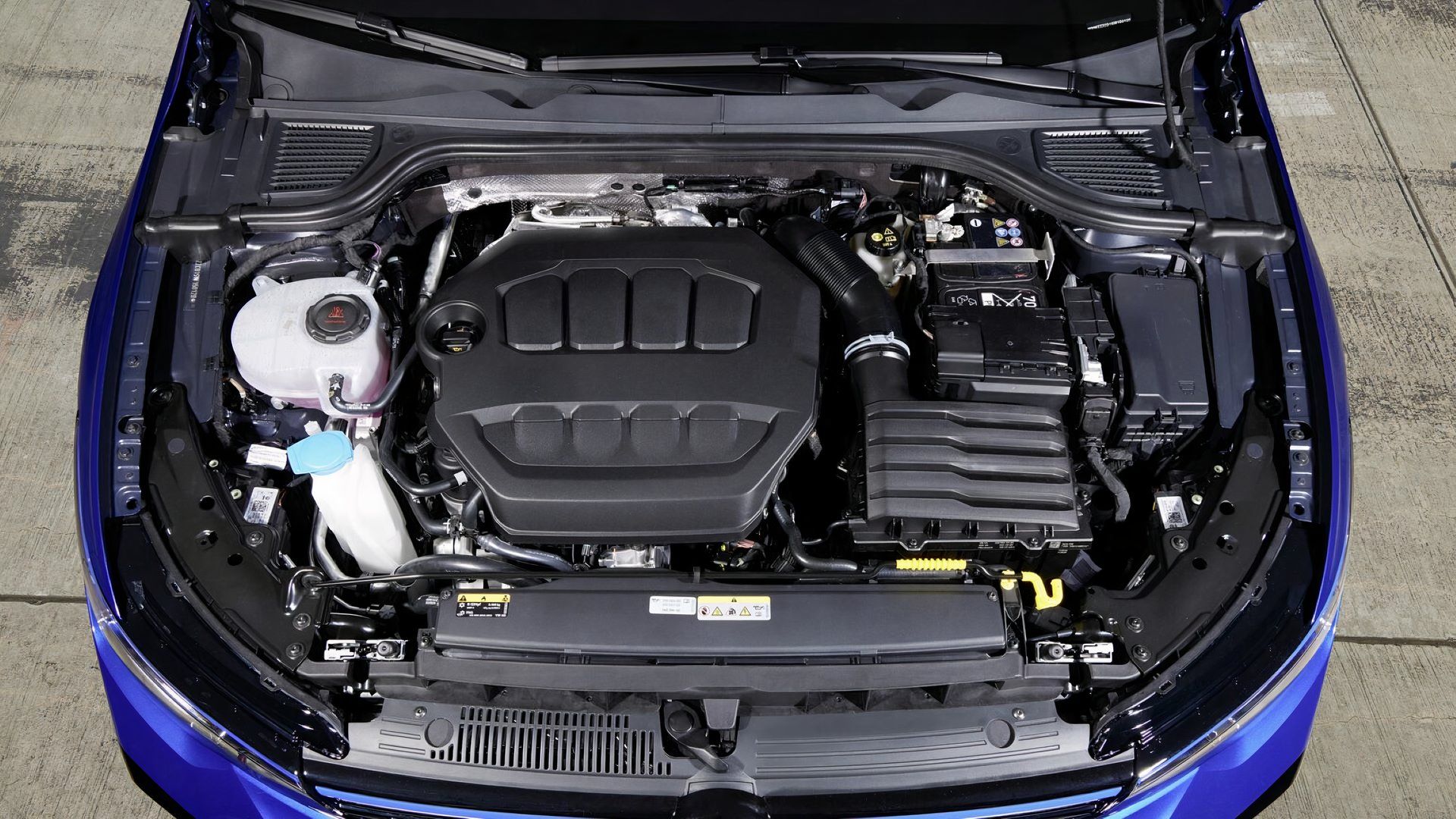
Related
10 Turbocharged Four-Cylinder Cars That Punch Way Above Their Weight
These powerful four-pot cars can easily go toe-to-toe with their six and even eight-cylinder counterparts.
In Conclusion – It’s A Matter Of Taste
Turbocharged engines have proven that you can, as with Ford’s Ecoboost range, create extremely fast and capable muscle cars even without a V8. The turbocharged 2.3-liter inline-four under the hood in the latest EcoBoost Mustang makes 315 horsepower and 350 pound-feet of torque – enough to propel it to 60 mph in 4.9 seconds, less than a second behind the 5.0-liter V8-powered Mustang GT.
For some, however, the Mustang will always be an eight-cylinder muscle car. The sound of a V8 singing under acceleration is the only true backing track to an American performance car – perhaps. For others, it doesn’t matter, and the turbo option is a good, modern and efficient option. The difference in 2025 between a turbocharged car and a big, naturally aspirated car may be too small to measure, but if you are in the market for a classic, there may be some differences to take into account.
Sources: Hagerty.com

